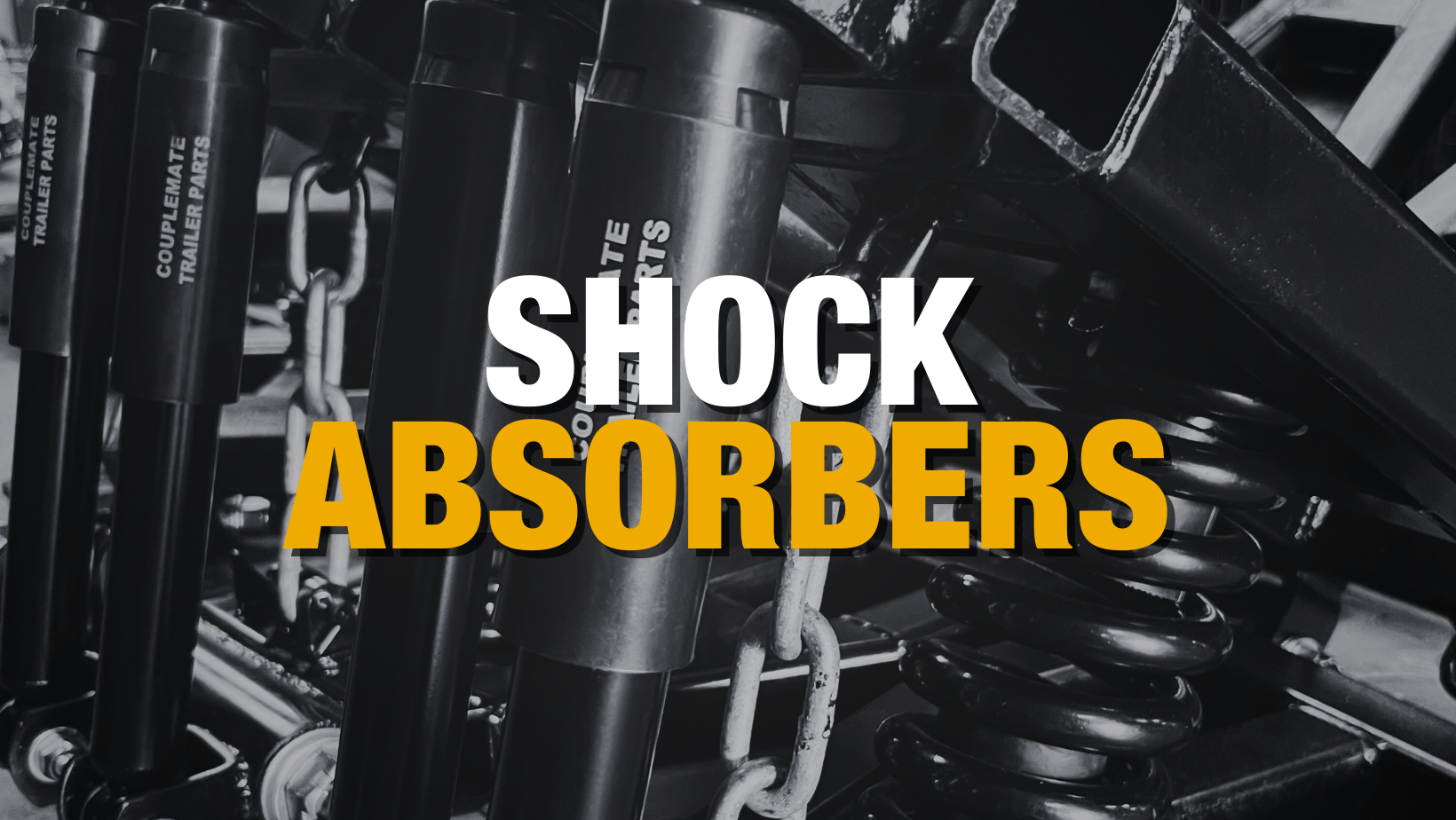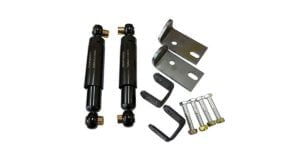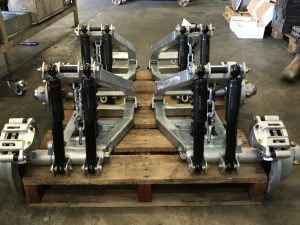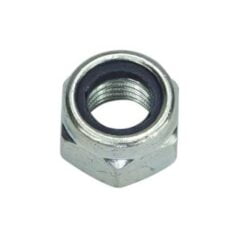
How Long Do Caravan Shock Absorbers Last?
Customers regularly ask, ‘How long do caravan shock absorbers last?’ Unfortunately, the answer is not simple and can depend on a variety of factors. Generally, shock absorbers should last between 50,000km and 100,000km, but this is all dependent on influences such as terrain, wear, and installation.
Firstly, it is important to understand a little about shock absorbers and how they keep your caravan on the road.
Shock absorbers are possibly the most misunderstood part of any caravan’s essential systems. Did you know shock absorbers help keep your tyres in contact with the ground?
Caravan or trailer leaf springs do most of the dampening, while shock absorbers improve the ride by reducing excessive bouncing.
Springs bounce at a natural frequency until their kinetic energy is entirely dispersed. Therefore, we install shock absorbers to slow down the magnitude of this bouncing motion through dampening.
Worn shock absorbers lose compression. This is often due to microscopic punctures in the outer shock absorber tube caused by a sharp rock striking at 100km or more during travel.
How long caravan shock absorbers last is a great question because it allows for a comparison between two types of caravan owners.
The Two Main Types of Travellers
Reactive owners fix bearings, shock absorbers and other items AFTER they fail.
Proactive owners fix bearings, shock absorbers and other wearable items BEFORE they fail.
If your shock absorber is held into place with two bolts, it is relatively easy to remove them. To test compression, simply pull the bolts open and push them closed. If your shock absorber pulls open easily, then it needs replacement.
The tell-tale sign of a worn shock absorber is the degree of stone chips. As mentioned before, these stone chips can puncture; however, they are an excellent indication of shock absorber wear.
The best caravan shock absorbers on the market are the Alko and Couplemate. However, many specific shock absorber manufacturers on the market offer non-standard height configurations.
Why are there different heights? The standard install height is approximately 300mm.
The height depends on the tyre height and, importantly, the tent height. If it is higher or lower than 300mm, then specifically branded shock absorbers are used.
Influencing Factors
Shock Absorber Installation
The life span of your caravan shock absorber is also highly dependent on the correct installation.
Specific installation instructions vary, as the ideal shock absorber mounting position will depend on wheel size and spring type. We recommend a qualified service mechanic (either vehicle or caravan) install shock absorbers.
However, if you want to install Couplemate shock absorbers ‘DIY’, you can refer to our general mounting guidelines, which indicate best installation practices. Download the Couplemate Shock Absorber Mounting Guide here.
Travel Terrain
Logically, the type of terrain the shock absorbers travel through will also have a large impact on the life span of the shock absorber.
Travelling on only standard bitumen roads will minimise wear on the caravan shock absorbers and prolong their service life. Conversely, travelling on rough and rocky terrain will increase the strain on the shock absorbers while risking damage to the external tube from rocks and other off-road debris.
Frequently carrying heavy loads or driving off-track with potholes, cracks, and ridges will also have the same damaging effect.
When Should I Replace My Shocks?
Couplemate recommends not using mileage or time to indicate that shock absorbers are ready for replacement. Instead, it recommends frequently inspecting them for damage or leaks. Generally, you should inspect shock absorbers after the first 40,000km of travel and every year thereafter.
You can often notice a difference in your ride quality when your shock absorbers are ready for replacement. Good indications that your shock absorbers may need some attention include excessive bouncing or sway in the tow vehicle and hearing a loud bang when bottoming out over bumpy terrain.
Here is a tip: If your shock absorbers look worn on the first inspection, buy a set for your next service. If you plan to install them ‘DIY,’ you are ready if they fail the test when removed. If they prove okay when tested, you already have replacements at hand for when they fail.
Couplemate Shock Absorbers
Couplemate sells quality shock absorbers designed to suit standard leaf and spring beam suspension kits. The Couplemate Caravan Shock Absorber kit is a favourite premium absorber kit used on Jayco, Coromal, and a range of modern caravans across Australia.
Purchase a Couplemate Shock Absorber Kit here. The Couplemate shock absorber mounting kit is also available for sale separately.
Vibration Fatigue
Looking for more information? Our article on vibration fatigue and shock absorbers is also a good read.
There are many other signs your shock absorber is failing.
- Shake, rattle and roll.
- Swerving
- Stopping
- Swerving
- Uneven tyre wear.
Caravans, trailers, recreational vehicles and off-road utility trailers all suffer from vibrations caused by corrugated rough road conditions, which can have dangerous consequences if riding gear is not checked regularly.



are caravan/camper trailer shocks charged or do they act as a damper only